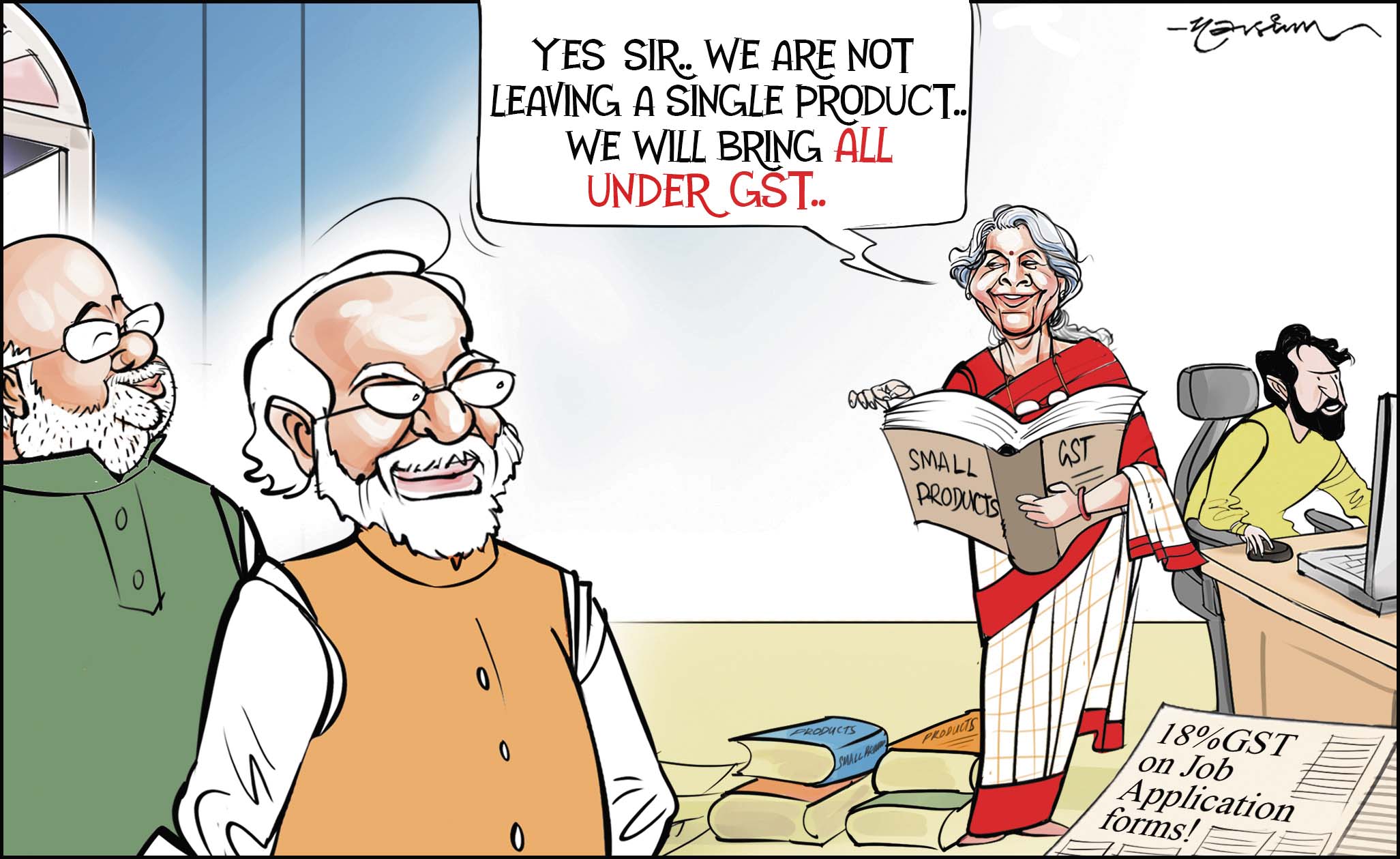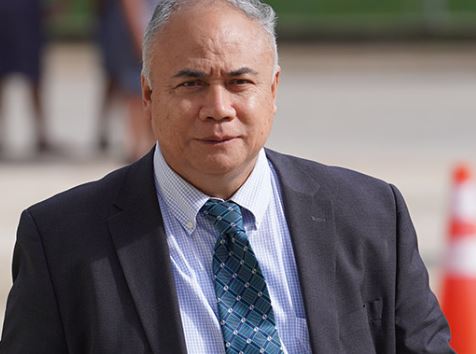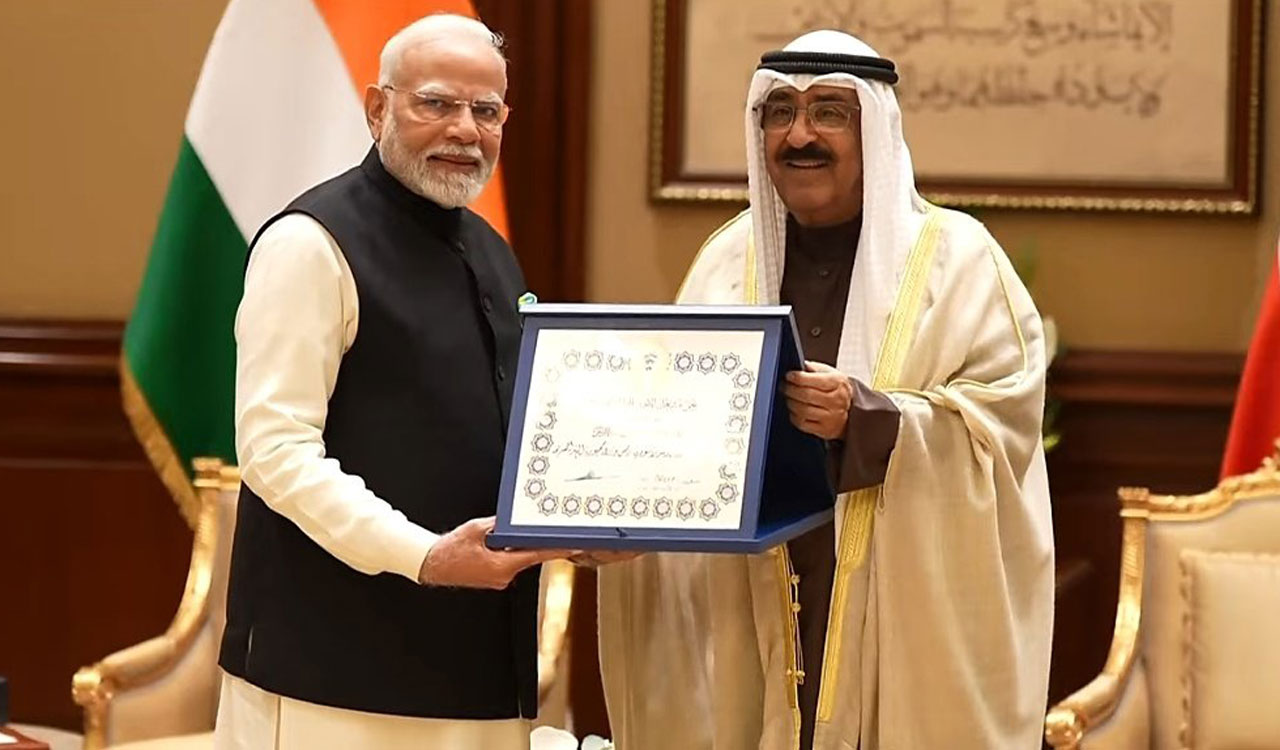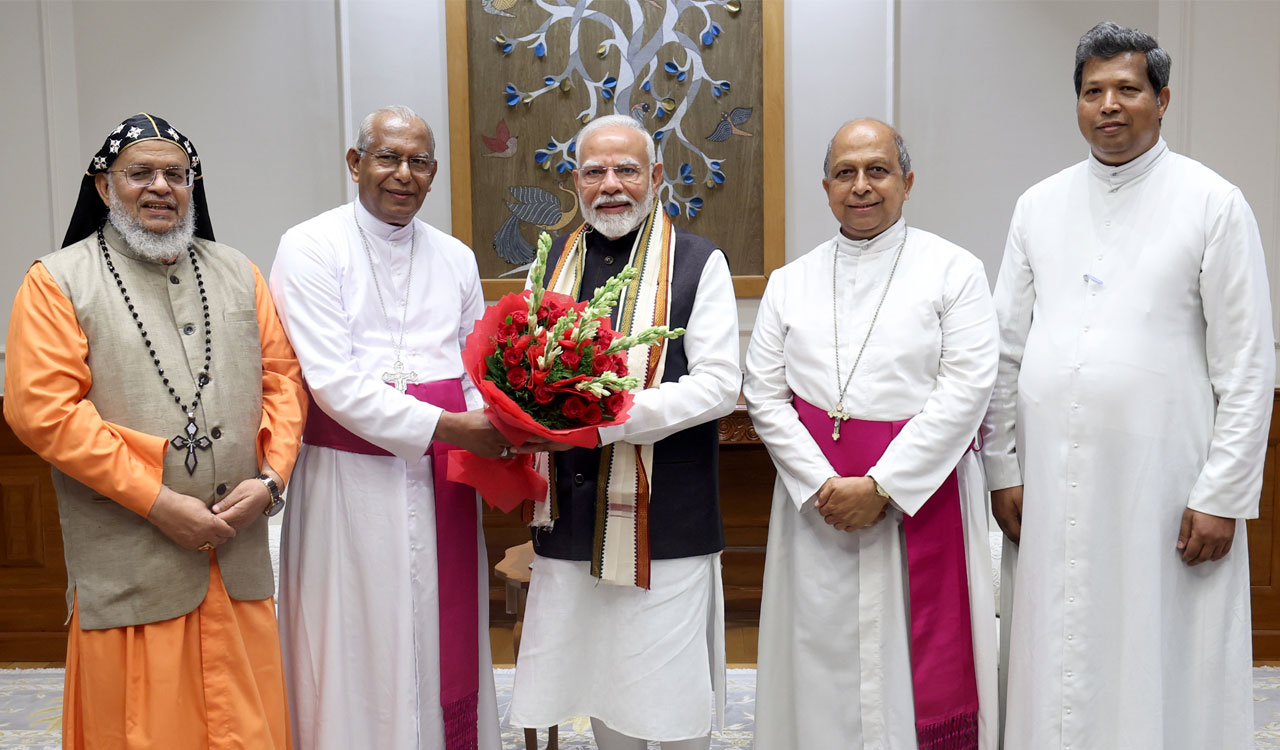Editorial: Return of Trump
The stunning outcome is largely a reflection of the anger of American middle class, in the face of widening inequalities and soaring costs of living
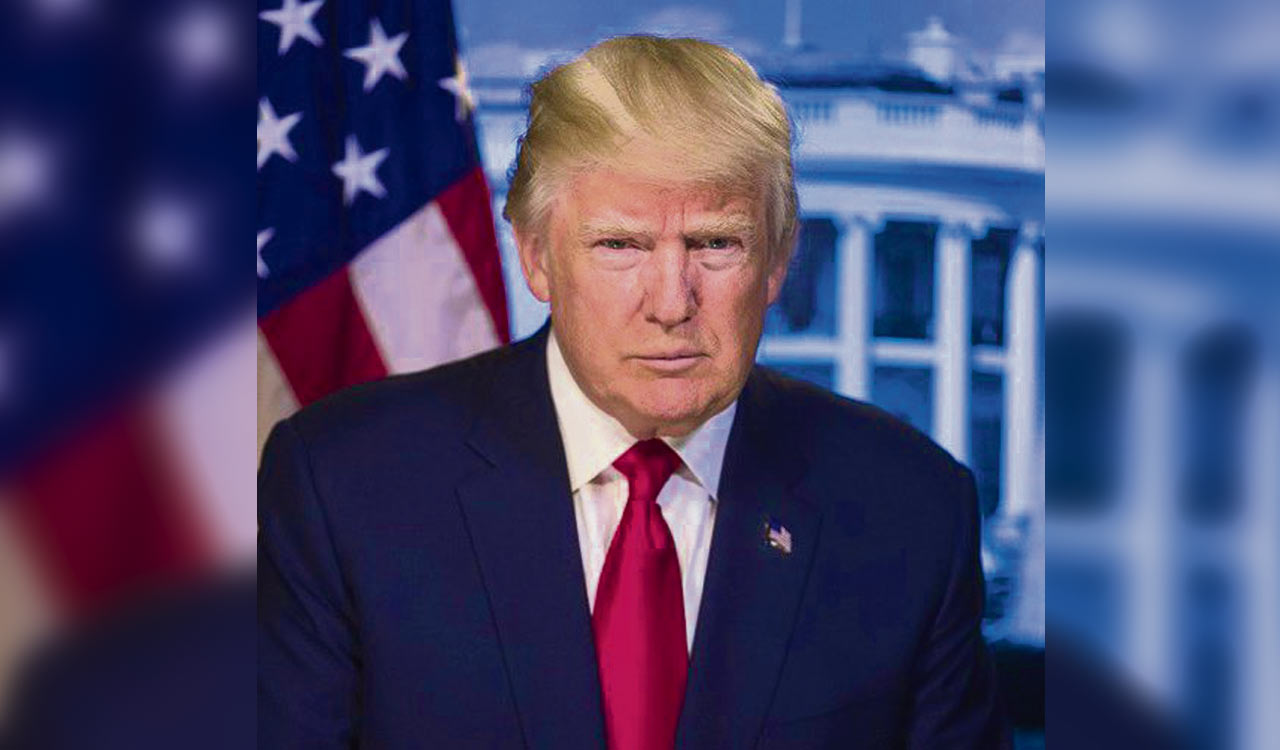
At the end of the day, none of his indiscretions — moral, political and economic — and his racist and misogynist outbursts mattered to the American voters. In a highly polarised campaign that exposed the country’s social fault lines, it also did not matter that he was a convicted felon, indicted for a federal crime and was facing a flurry of cases, including those involving serious charges of sedition and economic frauds. Cutting across the demographics, Americans have delivered an unambiguous verdict, choosing to bring maverick Republican Donald Trump back to power for a second non-consecutive term. The concerns over the economy and immigration are the two key factors that have propelled him to the White House, signalling a tectonic shift in the political landscape that is bound to have repercussions across the world. The stunning outcome is largely a reflection of the anger of the American middle class, in the face of widening economic inequalities and soaring costs of living. Despite ticking all the right boxes and playing identity politics to perfection, Democratic Party contender Kamala Harris faced the ire of the voters as she was seen as part of the establishment and could not escape from the fallout of the anti-incumbency factor. Branding Trump as a demagogue out to end democracy and freedom, the Democrats positioned the presidential election as a battle between the core democratic values that define the idea of America and unbridled authoritarianism. However, it turned out that across-the-board tax cuts and an end to the menace of illegal migration promised by Trump resonated deeply with the voters, rather than the constant talk of threats to higher ideals like democracy and individual freedom.
For India, Trump 2.0 would mean both challenges and opportunities, challenges on the trade front and opportunities on security and strategic cooperation in light of the Republican leader’s tough stance regarding countering China’s influence. A major concern remains the possible tightening of visa restrictions for Indian workers who play a significant role in America’s economy, particularly in the technology industry. The bilateral relations between the two countries have seen steady progress over the last five presidencies, irrespective of the nature of the dispensation. Notably, Trump and Prime Minister Narendra Modi’s camaraderie has been on full display many times in the past during grand events like ‘Howdy, Modi!’ in Texas in 2019 and ‘Namaste Trump’ event in Ahmedabad in 2020. There was a revival of Quad (Quadrilateral Security Dialogue), a four-nation alliance comprising India, the US, Australia and Japan, under the Trump presidency in 2017, a clear signal to counter China’s growing hegemony. However, on the trade front, India needs to navigate deftly, given Trump’s ‘America First’ policy and his claim that New Delhi imposes some of the highest tariffs on foreign products. He had vowed to introduce a reciprocal tax if he won the race to the White House.
Related News
-
Sandhya Theatre stampede case: Allu Arjun questioned for 3 hours by Chikkadpallly police
3 hours ago -
Telangana: TRSMA pitches for 15% school fee hike and Right to Fee Collection Act
3 hours ago -
Former Home Secretary Ajay Kumar Bhalla appointed Manipur Governor, Kerala Governor shifted to Bihar
3 hours ago -
Hyderabad: Organs of 74-year-old man donated as part of Jeevandan
3 hours ago -
Opinion: The China factor in India-Nepal relations
3 hours ago -
Editorial: Modi’s Kuwait outreach
3 hours ago -
Telangana HC suspends orders against KCR and Harish Rao
4 hours ago -
Kohli and Smith will be dangerous and hungry: Shastri
4 hours ago

